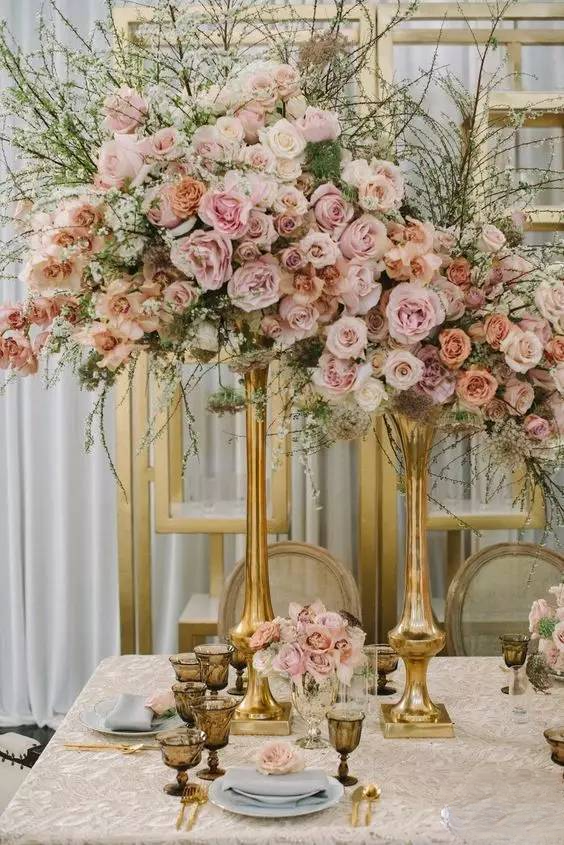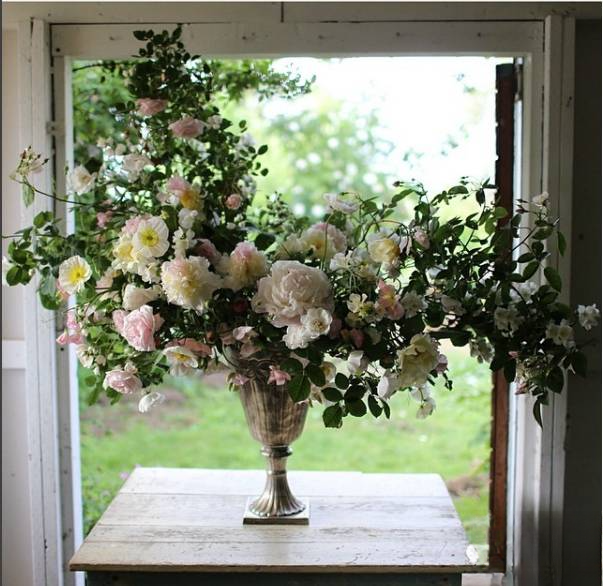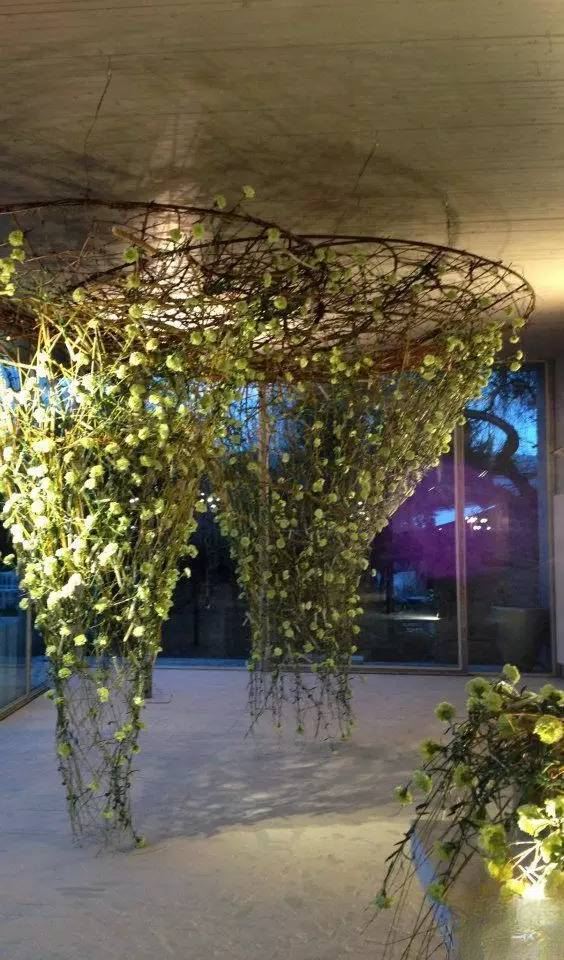Let you know the history of European flower arrangement
The ancient Greeks often placed flowers in large floor-standing vases to decorate the bridal chamber to create a festive atmosphere; they also decorated wreaths made of fresh flowers on festive occasions; people also made wreaths to welcome the victorious warriors; or used wreaths as gifts between lovers.
In ancient Rome, it was also customary to sprinkle rose petals on banquet tables or floors. Later, these forms of flower arrangement decoration gradually spread from Egypt, Greece and Rome to Italy, Britain, France and the Netherlands with trade, war and cultural exchanges.
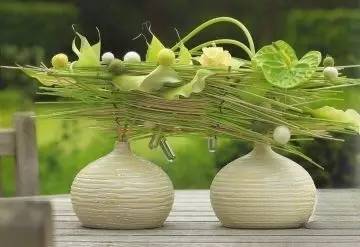
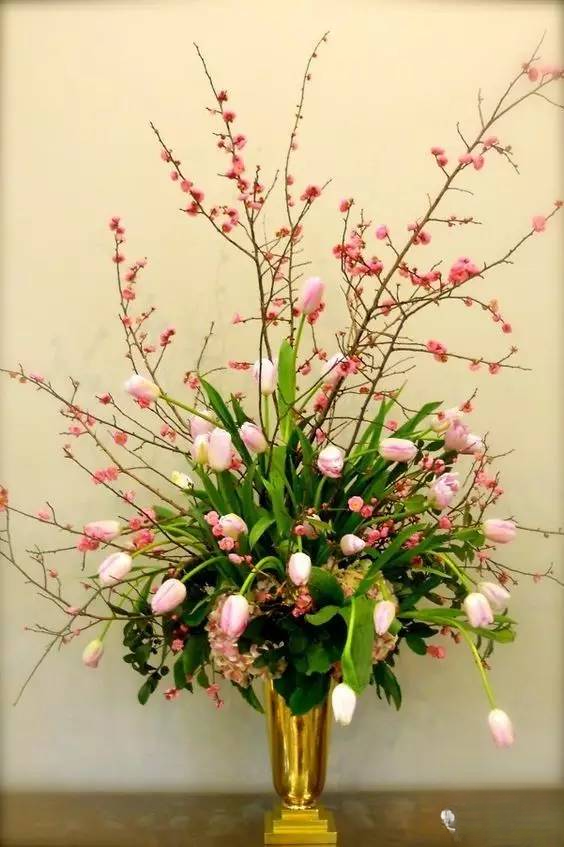
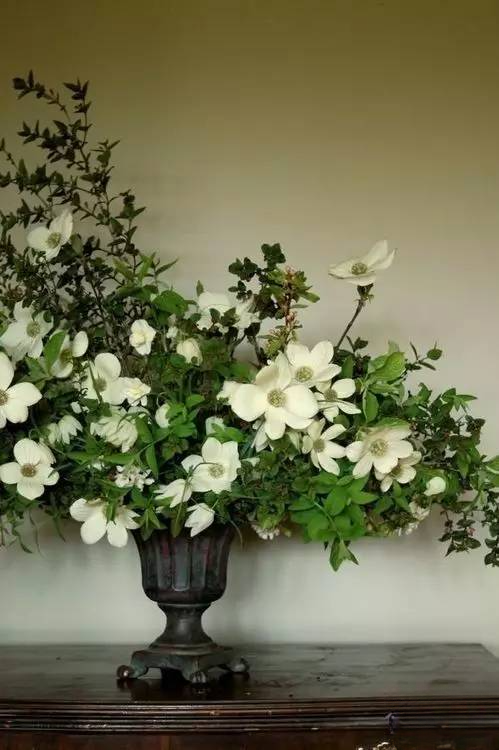
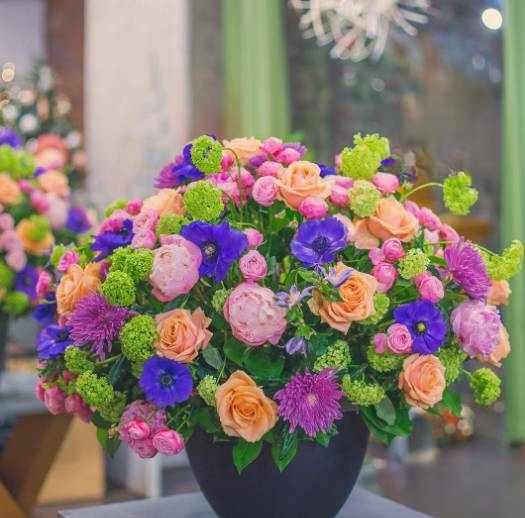
In the 14th to 16th centuries, the flower arrangement art of the European Renaissance movement broke free from religious constraints, and the types of flower arrangement were diversified, and a geometric large-scale style was initially formed.
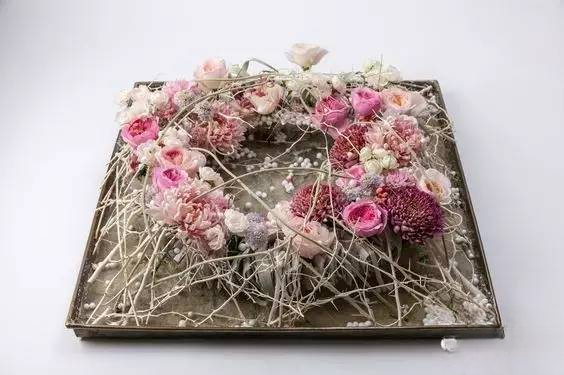
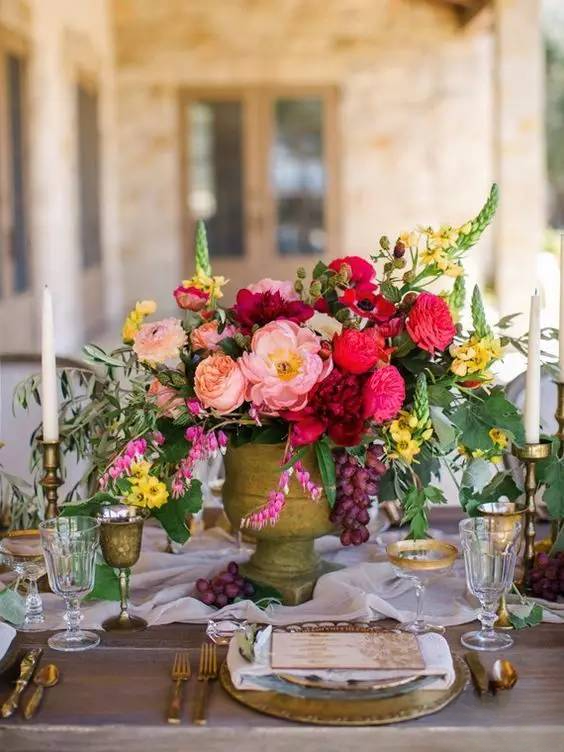
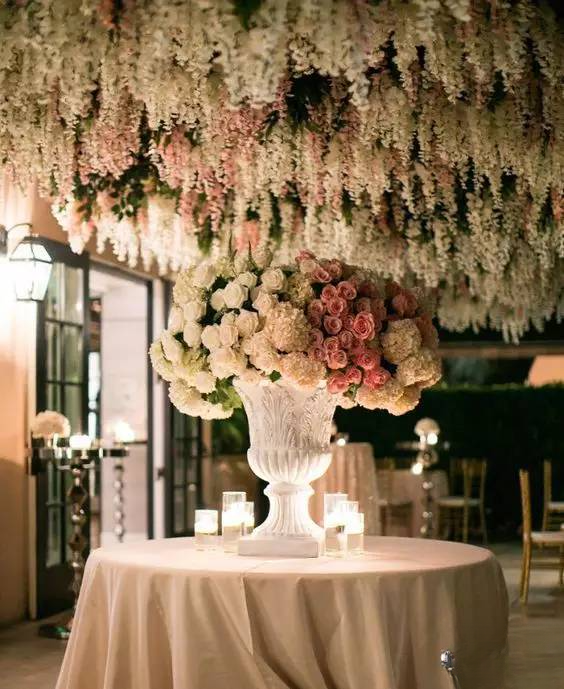
After the Renaissance, the level of flower arrangement in Western European countries improved rapidly. It was no longer a simple and casual bouquet form. In terms of shape, color, flower materials and container selection, careful conception and creation were carried out, and the artistic style of Western flower arrangement was initially formed, forming the prototype of Western large-scale flower arrangement.
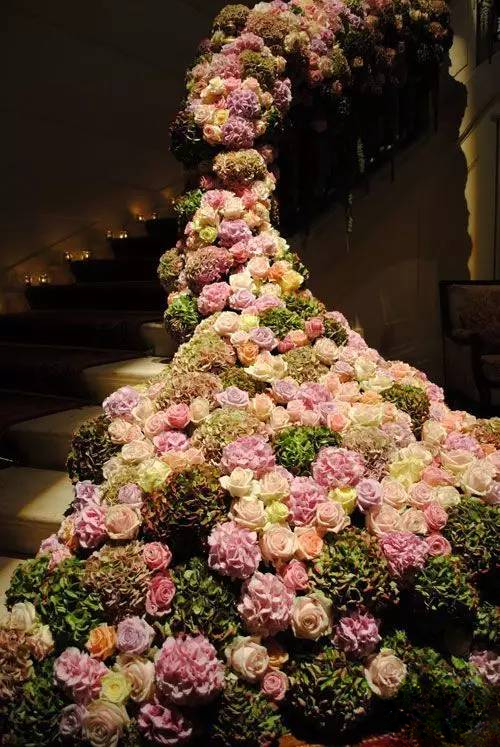
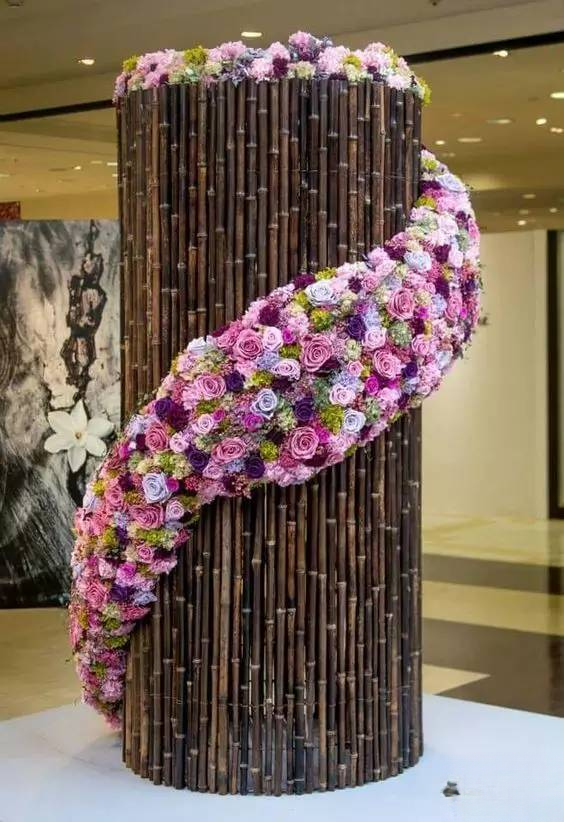
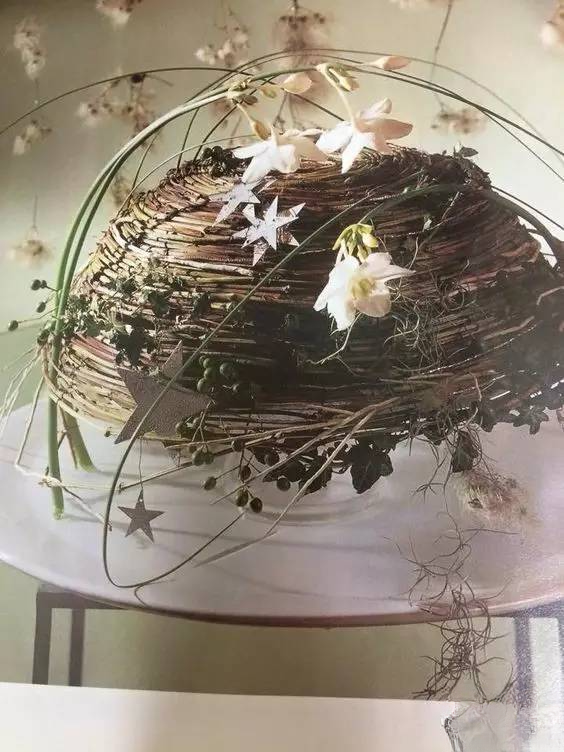
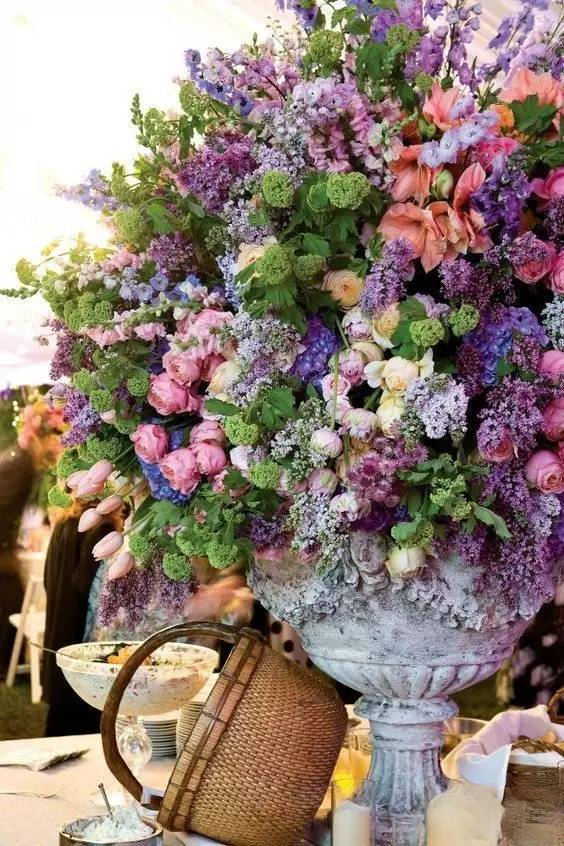
In the first half of the 18th century, a "Rococo style" emerged. Although it emphasized dynamics like the Baroque style, the Rococo style focused more on experiencing elegance and playfulness. Bright and elegant colors, asymmetrical curved crescents and shell patterns, sweet flowers and creeping plants are all floral design techniques that express the Rococo style.
The bridal bouquets of the Rococo period used shells and smooth curves that were often seen at the time, with the focus on the S-curve and the soft flowers, fully showing the beauty of flowers in this period.
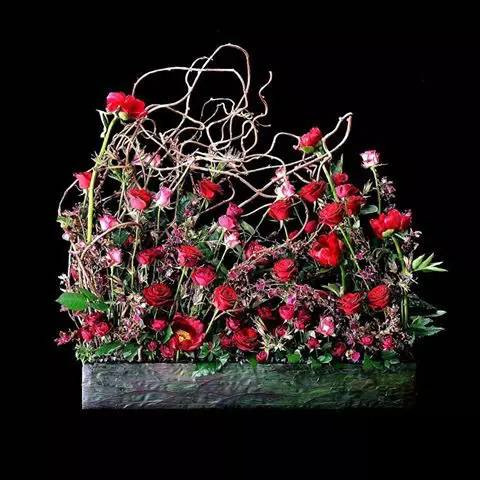
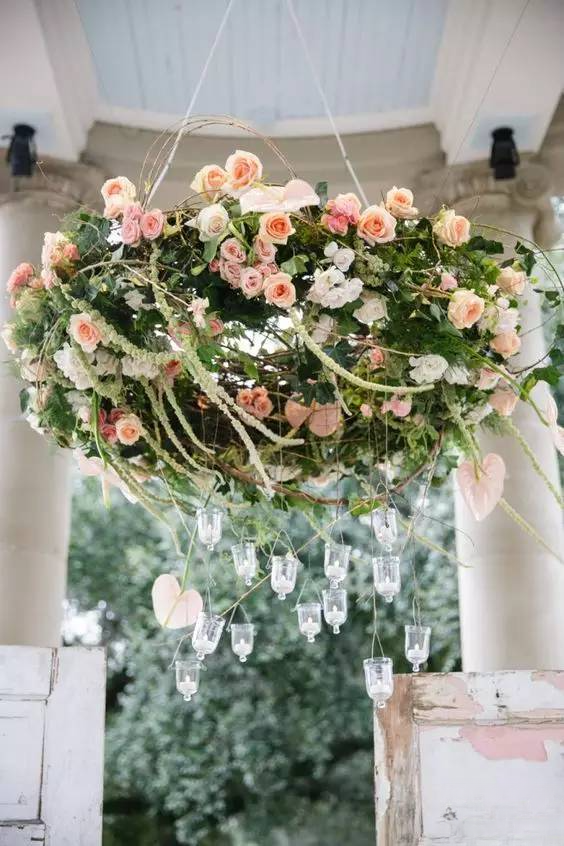
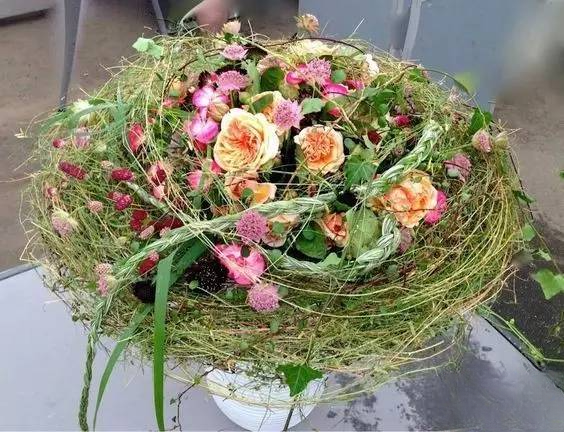

In the 18th and 19th centuries, the Victorian round flower style was popular. This period was a period of romanticism and naturalism. It was a period of great development of Western flowers. Various ferns, herbs, plants and vines were used to express the tight binding. Bright colors were preferred during this period, and the shapes were designed in round and oval shapes.
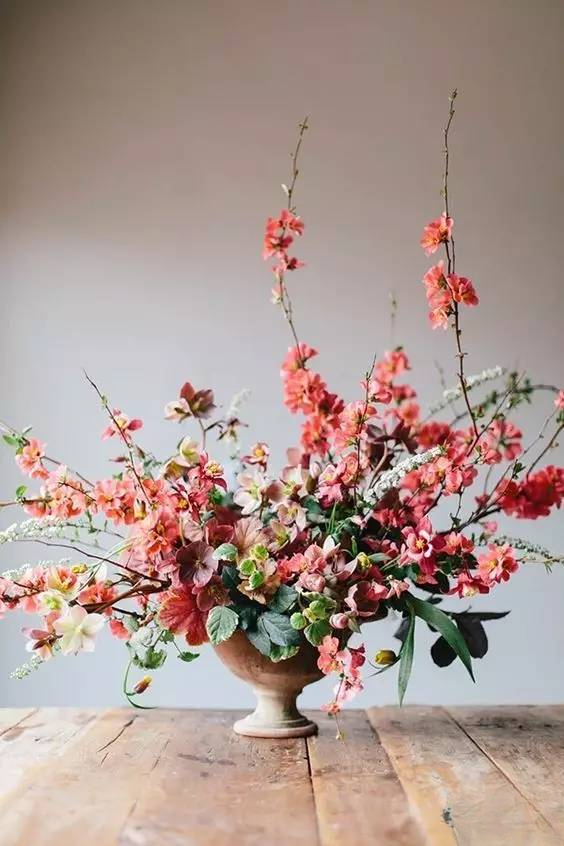
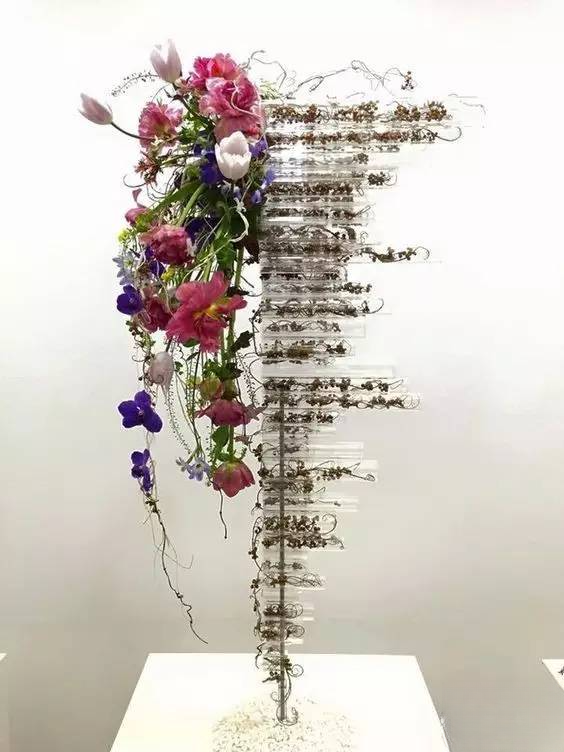
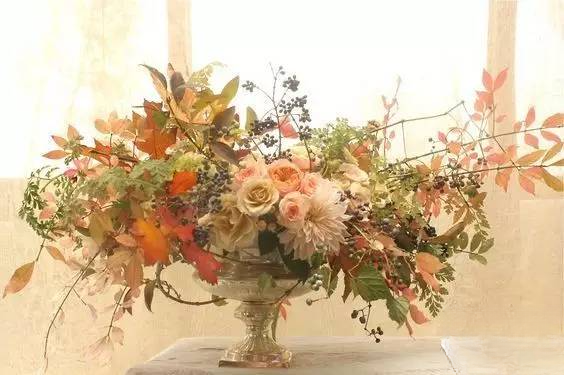
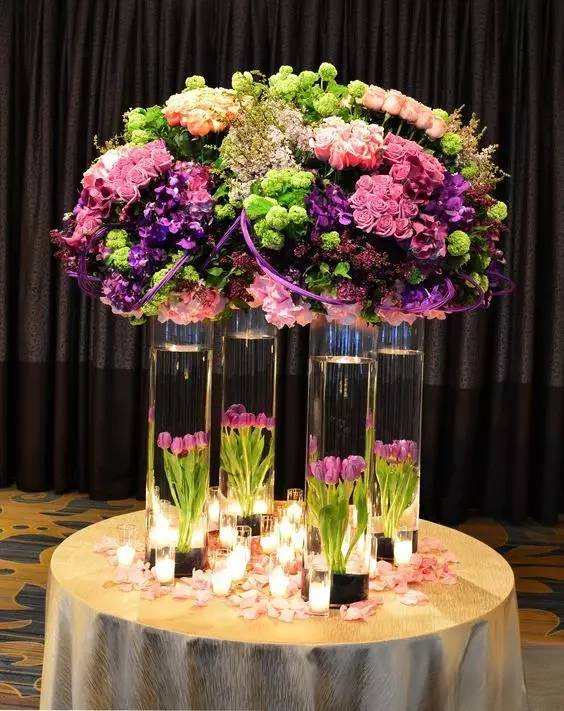
Since the development of flower design, it has changed with the times, incorporating cultural and artistic concepts, developing various unique styles, and the design techniques are more diverse and alternative. Modernist art has broken the old-fashioned boundaries of Eastern and Western flower art traditions, and as long as there are flower materials, any form of flower art works may appear.
